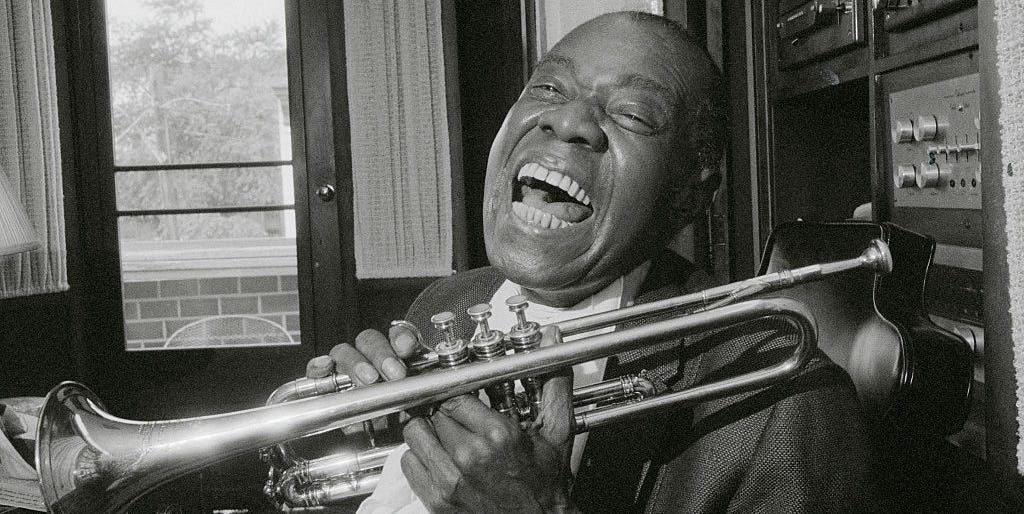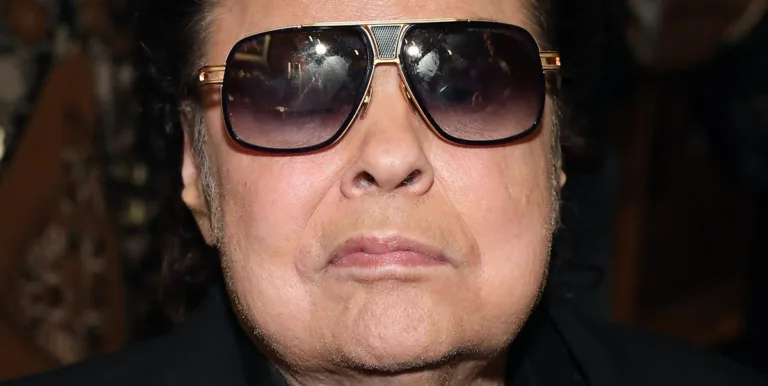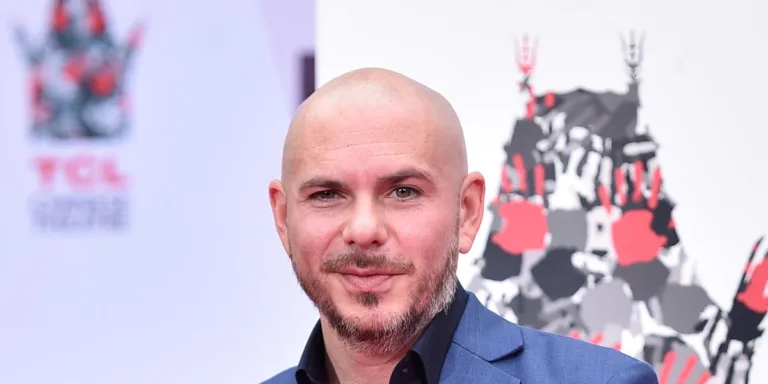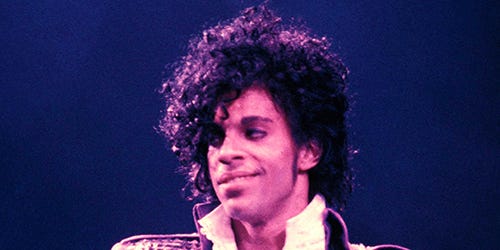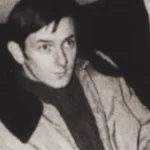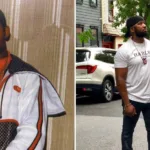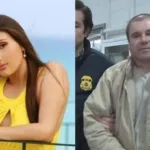The Harlem Renaissance was a vibrant cultural movement that blossomed in the 1920s and 1930s, centered in the Harlem neighborhood of New York City. It marked a period of immense creativity and artistic expression for African Americans, who used their art to challenge Racial Stereotypes, celebrate Black culture, and demand social justice. This era witnessed an explosion of Talent Across Various Disciplines, from literature and music to visual arts and theater.
At the heart of this movement were the musicians in The Harlem Renaissance. Their soulful melodies and innovative rhythms captivated audiences worldwide and became synonymous with the spirit of the times. From blues singers like Bessie Smith to jazz legends like Duke Ellington and Louis Armstrong, these talented artists pushed boundaries and Redefined Musical Genres, leaving an indelible mark on American Music History.
The Harlem Renaissance was more than just a celebration of artistic brilliance; it was a powerful force for Social Change. Through their art, musicians from The Harlem Renaissance gave voice to the African American experience, highlighting both its joys and struggles. Their work challenged prevailing racial prejudices and inspired generations of artists and Activists To Come.
Literary Luminaries of The Harlem Renaissance
While the music of The Harlem Renaissance often takes center stage, it’s crucial to remember the equally influential literary voices that emerged during this era. These literary luminaries of The Harlem Renaissance used their words to paint vivid portraits of Black life, explore complex themes of identity and belonging, and challenge societal norms. Their works resonated deeply with readers, both within the African American community and beyond, helping to shape a new understanding of race and culture in America.
Among the most celebrated figures of The Harlem Renaissance were poets like Langston Hughes, Countee Cullen, and Claude Mckay. Their poems captured the rhythms of Black speech, explored themes of love, loss, and resilience, and gave voice to the aspirations and struggles of a generation. Writers such as Zora Neale Hurston and Jessie Fauset also made significant contributions, using their novels and essays to delve into the richness and complexity of Black Southern life. Their works offered nuanced perspectives on family, community, and the search for identity in a rapidly changing world.
The literary achievements of The Harlem Renaissance continue to inspire and influence Writers Today. These powerful voices helped to establish a lasting legacy, proving that literature can be a catalyst for social change and a platform for amplifying marginalized voices.
Musical Masters: Shaping Jazz And Blues
The Harlem Renaissance was a fertile ground for musical innovation, and it’s no exaggeration to say that jazz and blues were fundamentally shaped by the creative energy of this era. Musical masters like Duke Ellington, Louis Armstrong, and Bessie Smith rose to prominence, pushing the boundaries of these genres and captivating audiences with their electrifying performances. Their music became synonymous with the spirit of the times, reflecting both the joy and the struggle of Black life in America.
Duke Ellington, a true visionary, led his orchestra through an innovative journey, blending jazz with classical influences and incorporating elements of swing and big Band Into His Compositions. His music was sophisticated yet accessible, and his legacy as one of the greatest composers of all time is undeniable. Louis Armstrong, with his virtuosic trumpet playing and Gravelly Vocals, brought a raw energy to jazz, influencing countless musicians who followed in His Footsteps. His improvisational skills were legendary, and his ability to connect with audiences was unmatched.
Bessie Smith, known as the “Empress Of The Blues,” possessed a powerful voice that could convey both heartbreak and resilience. Her blues songs resonated deeply with listeners, capturing the pain and longing that were often hidden beneath the surface of everyday life. These musicians from The Harlem Renaissance left an enduring mark on American music, paving the way for future generations of artists to explore new sounds and push creative boundaries.
 Post Pop Tarts: The Untold Story Behind Netflixs Unfrosted
Post Pop Tarts: The Untold Story Behind Netflixs UnfrostedVisual Artists Capturing Black Life
While the music and literature of The Harlem Renaissance often take center stage, it’s important to recognize the equally powerful contributions of the visual artists who captured the essence of Black life during this era. These visual artists capturing Black life used their talents to challenge stereotypes, Celebrate Beauty, and document the social realities of Their Time. Their works provided a visual testament to the richness and diversity of the African American experience.
James Van Der Zee, a renowned photographer, documented the everyday lives of Harlem residents with remarkable sensitivity and artistry. His portraits captured the dignity and resilience of Black people in all walks of life, from musicians and intellectuals to shopkeepers and street vendors. Augusta Savage, a gifted sculptor, created powerful works that celebrated Black womanhood and challenged racial prejudice. Her sculptures often depicted strong, Proud Figures, embodying the spirit of resistance and self-determination.
Together, these artists helped to shape a new visual language for representing Black identity. Their work not only documented The Harlem Renaissance but also paved the way for future generations of artists to explore themes of race, culture, and identity through their own unique lens.
The Enduring Legacy of Harlem Renaissance Icons
Though The Harlem Renaissance’s peak was relatively short-lived, its impact on American culture and beyond continues to resonate deeply today. The Harlem Renaissance Icons who emerged during this era helped to shape a new understanding of Black identity, artistry, and expression. Their contributions transcended their time, influencing generations of artists, writers, musicians, and thinkers across various disciplines.
The legacy of The Harlem Renaissance can be seen in the continued celebration of its literary works, the enduring popularity of jazz and Blues Music, and the ongoing efforts to preserve Its Artistic Heritage. The movement serves as a reminder of the power of creativity to Challenge Societal Norms, Amplify Marginalized Voices, and inspire social change. It reminds us that art has the ability to transcend time and continue to shape our understanding of ourselves and the world around us.
The Harlem Renaissance’s influence is undeniable, and its legacy continues to inspire and empower artists and activists today. Its message of resilience, creativity, and cultural pride remains as relevant as ever in a world that still grapples with issues of race, equality, and social justice.
Celebrating Cultural Innovation
The Harlem Renaissance wasn’T Simply About Artistic Expression; it was a celebration of Black culture and innovation on a grand scale. It was a time when African Americans embraced their heritage, explored new forms of creativity, and demanded recognition for their contributions To Society. This cultural explosion encompassed everything from music and literature to fashion and dance, creating a vibrant and dynamic atmosphere that captivated the world’s attention.
During this era, Black-Owned Businesses Flourished, Theaters Showcased Groundbreaking Productions, and intellectual discourse thrived in lively salons and community gatherings. The Harlem Renaissance became a beacon of hope and inspiration, demonstrating the power of collective creativity and cultural pride. It challenged existing stereotypes and paved the way for greater understanding and acceptance of Black culture.
By celebrating its unique traditions and fostering a sense of communal identity, The Harlem Renaissance left an enduring legacy that continues to inspire artists, activists, and individuals seeking to embrace their Own Cultural Heritage. Its message of self-expression, resilience, and the celebration of diversity remains as powerful and relevant today as it was during its golden age.
More for curious minds
Unlock extra content and exclusive deals tailored to your interests.

